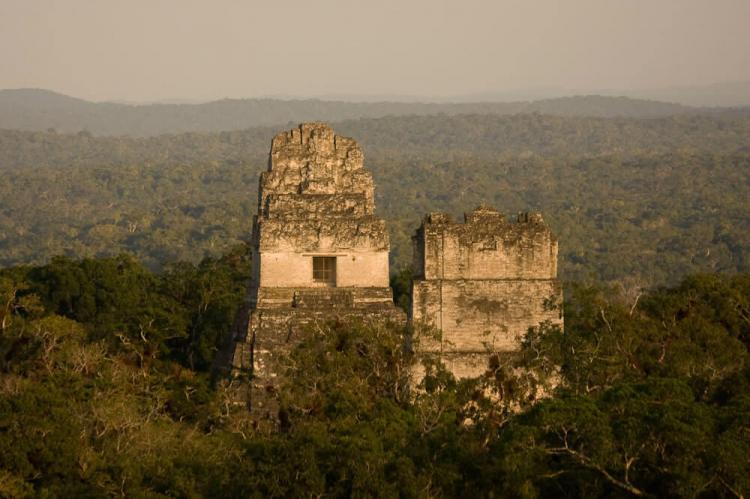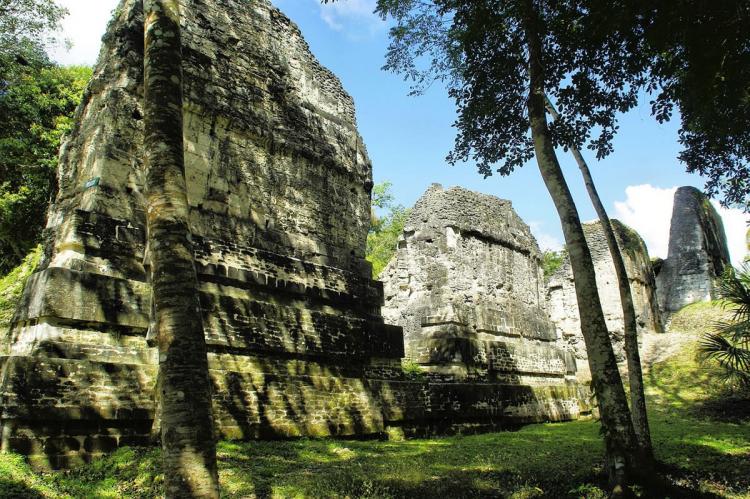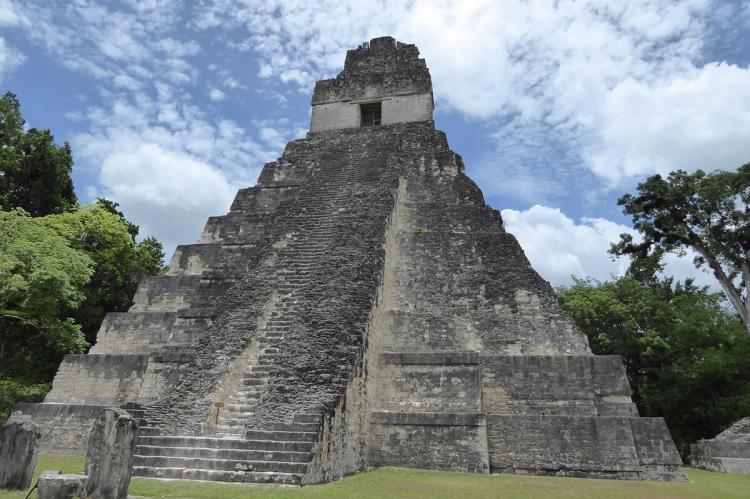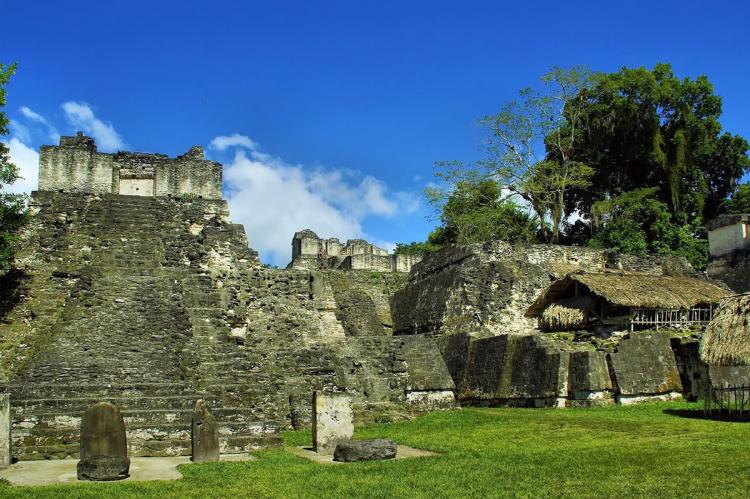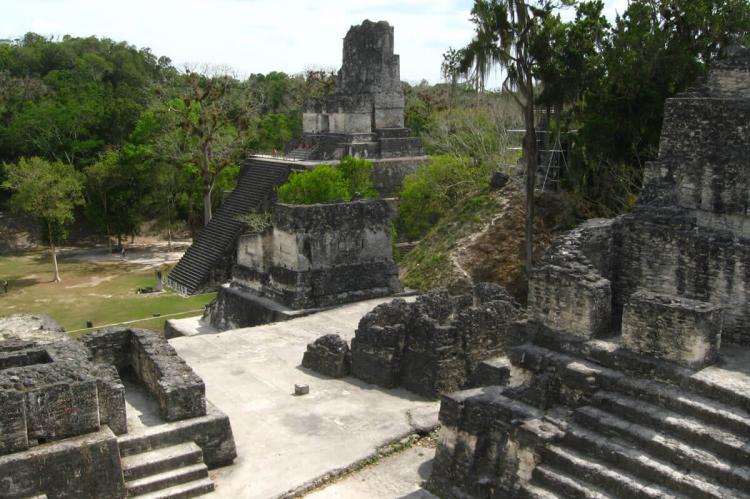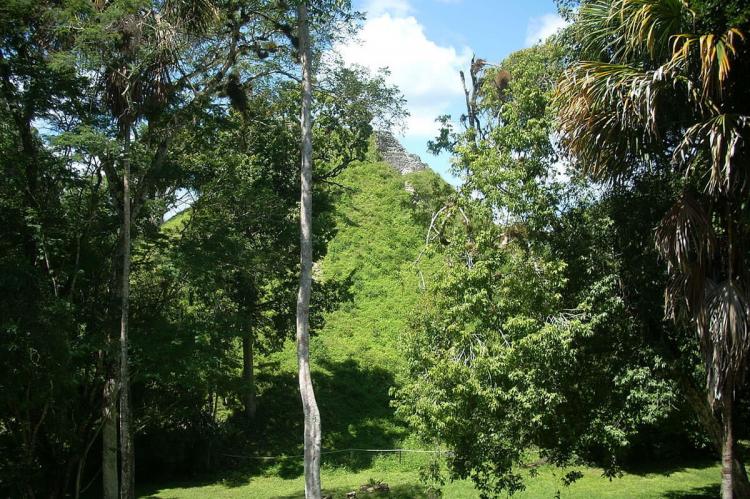Tikal: Where Ancient Civilization Meets Natural Splendor
Tikal, one of the ancient Maya's most significant archaeological sites, is a testament to the ingenuity and sophistication of a society that once flourished in the dense jungles of northern Guatemala. Today, Tikal is an iconic symbol of Maya achievements and a crucial part of the vast Tikal National Park.
Tikal: The Pinnacle of Maya Civilization and the Heart of a Thriving Ecosystem
Tikal, one of the largest and most significant archaeological sites of the ancient Maya civilization, stands as a remarkable testament to the ingenuity and sophistication of a society that once flourished in the dense jungles of northern Guatemala. Today, Tikal is an iconic symbol of Maya architectural and cultural achievements and a crucial part of the vast Tikal National Park, a UNESCO World Heritage Site that preserves both the rich history and the extraordinary biodiversity of the region. By exploring the historical significance of Tikal as a powerful Maya city and the ecological importance of Tikal National Park, a deeper understanding emerges of how this ancient urban center was intricately linked to its natural environment.
Historical Significance of Tikal
Tikal was the capital of one of the most powerful kingdoms in the Maya world, and its influence extended far beyond the boundaries of its immediate surroundings. The site, located in the Petén Basin of northern Guatemala, has been a focal point of the Maya civilization since the 4th century B.C., with monumental architecture and urban planning reaching their zenith during the Classic Period, roughly 200 to 900 A.D.
Tikal's Rise and Dominance
During the Classic Period, Tikal emerged as a dominant political, economic, and military power, controlling vast territories and engaging in complex relationships with other prominent cities in Mesoamerica, such as Teotihuacan in central Mexico. Archaeological evidence suggests that Teotihuacan even conquered Tikal in the 4th century A.D., marking a significant chapter in its history. The city's rulers are well-documented, with a long dynastic list that provides invaluable insights into the political history of the Maya lowlands. The discovery of royal tombs, temples, and palaces further enhances the understanding of Tikal's role as a significant cultural and religious center.
The Decline and Abandonment of Tikal
Tikal's decline began towards the end of the Late Classic Period, around the 9th century A.D. This decline is marked by the cessation of major monument construction and evidence of widespread destruction, including the burning of elite palaces. These events, coupled with a gradual population decline, culminated in the eventual abandonment of the city by the end of the 10th century. The reasons for Tikal's decline are complex, likely involving environmental factors, resource depletion, and socio-political instability.
Architectural and Cultural Marvels of Tikal
Tikal is renowned for its impressive architectural and cultural contributions, which continue to draw the attention of archaeologists, historians, and visitors worldwide. The site features many structures, each serving distinct ceremonial, administrative, and residential functions that illustrate the high level of Maya architectural and artistic achievement.
The Great Plaza and Major Complexes
At the heart of Tikal lies the Great Plaza, surrounded by some of the most iconic structures in Maya architecture, including Temple I, the Temple of the Great Jaguar, and Temple II, the Temple of the Masks. Rising above the dense jungle canopy, these towering pyramids were religious and ceremonial centers and served as tombs for Tikal's most powerful rulers. With its monumental scale and symmetrical design, the plaza reflects the Maya's advanced understanding of urban planning and their ability to harmonize their built environment with the surrounding landscape.
The Lost World Complex and Twin Pyramid Complexes
The Lost World Complex, one of the oldest and most enigmatic parts of Tikal, showcases the city's early architectural experimentation. It features pyramids, platforms, and astronomical observatories that played a key role in Maya cosmology. The Twin Pyramid Complexes, unique to Tikal, were built to commemorate important calendrical cycles, illustrating the Maya's sophisticated knowledge of astronomy and timekeeping.
Ball Courts and Other Structures
Tikal also features several ball courts central to Maya's religious and social life. These courts were the sites of the Mesoamerican ballgame, a ritualistic sport with deep religious significance, often associated with life, death, and the cosmos. Additionally, Tikal's extensive network of causeways, terraces, and irrigation systems highlights the city's advanced engineering and agricultural practices, essential for supporting its large population.
Tikal National Park: A Natural and Cultural Sanctuary
Tikal National Park, encompassing 57,600 hectares of the Maya Forest, is a vital conservation area that protects both the archaeological treasures of Tikal and the diverse ecosystems surrounding it. The park is embedded within the larger Maya Biosphere Reserve, which spans over two million hectares and extends into neighboring Mexico and Belize. This unique combination of cultural and natural heritage has led to Tikal's designation as a World Heritage Site under both cultural and natural criteria.
Biodiversity and Ecosystems
The park's diverse habitats include wetlands, savannas, tropical broadleaf forests, and palm forests, home to various neotropical fauna and flora. The dense forests of Tikal shelter over 200 tree species and more than 2,000 higher plant species, creating a rich and complex environment. Among the notable wildlife are five species of large cats, including the jaguar and puma, several species of monkeys and anteaters, and over 300 species of birds. This extraordinary biodiversity makes Tikal National Park one of Central America's most important conservation areas.
Archaeological Zones and Conservation
The inner urban zone of Tikal, covering approximately 400 hectares, contains the principal monumental architecture and is surrounded by a more expansive zone of archaeological importance, extending over 1,200 hectares. This area includes residential zones, historic water reservoirs known as "aguadas," and over 25 associated secondary sites. These secondary sites historically served protective functions and acted as checkpoints along trade routes, underscoring the strategic importance of Tikal in the broader Maya region.
Cultural and Ecological Interactions
The relationship between Tikal's cultural development and its natural environment is evident in the city's reliance on the surrounding forests and agricultural lands. The peripheral areas of the park played a crucial role in agricultural production, supporting the densely populated urban center. The extensive research conducted at Tikal has provided valuable insights into how the Mayans managed their natural resources, demonstrating a sophisticated understanding of sustainable practices that allowed them to thrive in a challenging environment.
Conclusion
Tikal is a monumental testament to the ancient Maya civilization's power, ingenuity, and resilience. As an archaeological site and a natural sanctuary, Tikal offers a unique window into a world where cultural achievement and environmental stewardship are deeply interconnected. The architectural and artistic wonders of Tikal, combined with the extraordinary biodiversity of Tikal National Park, underscore the importance of preserving this site for future generations. The legacy of Tikal not only enhances our understanding of the Maya but also serves as a reminder of the complex interplay between human societies and their natural environments.
